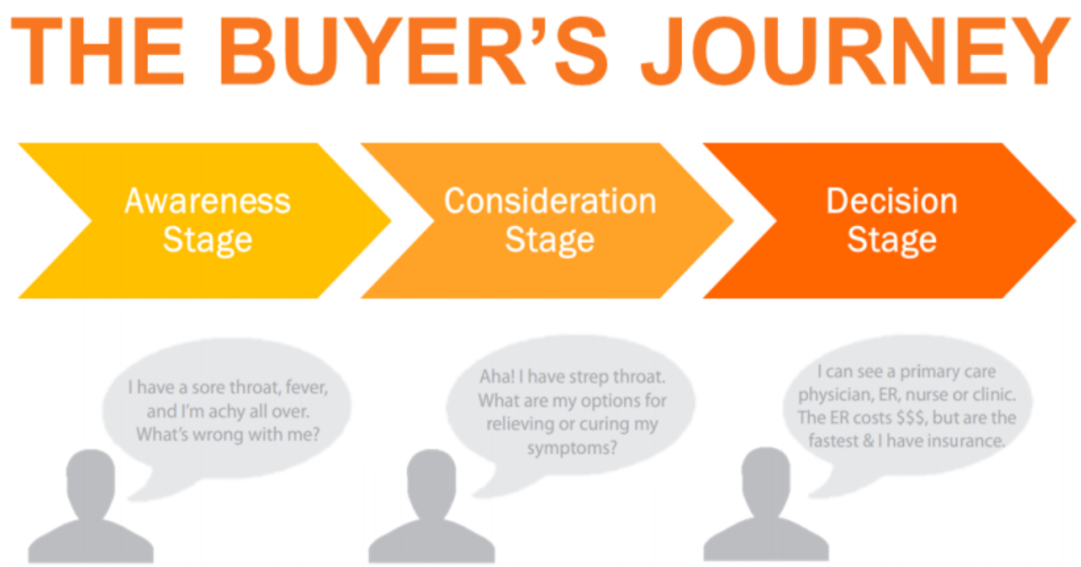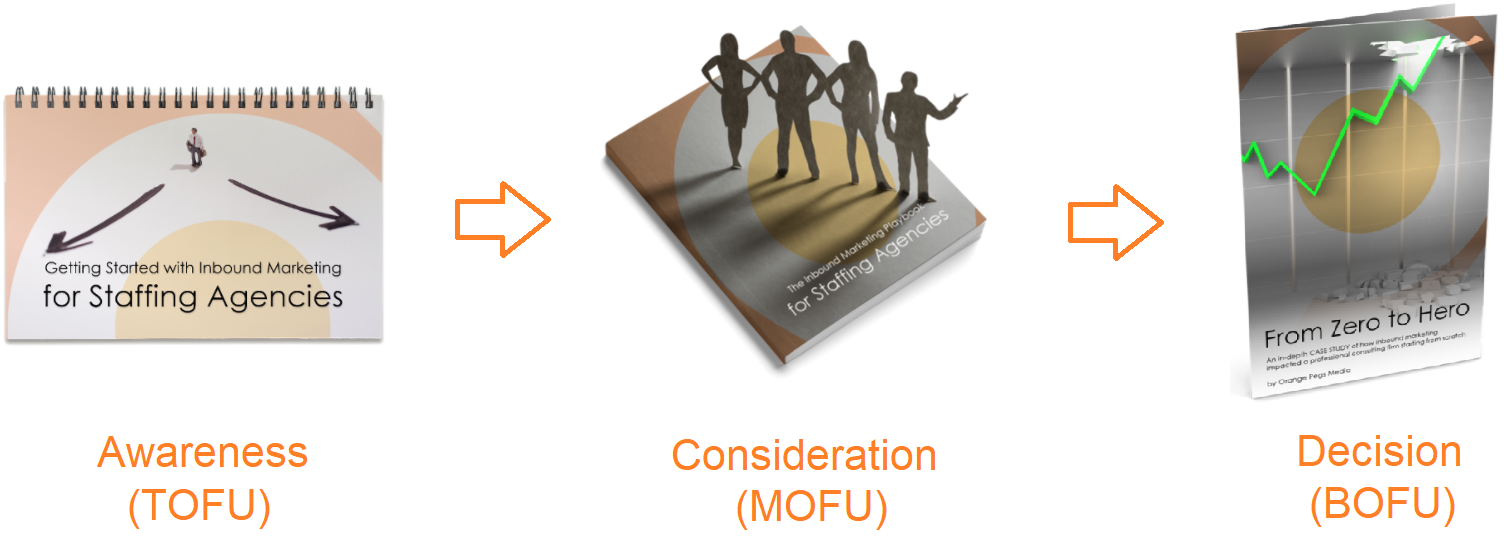As you enter another year of challenges and bright-eyed optimism, are you looking to expand the ways you attract companies looking for recruitment partners?
Your people have been cold-calling. They've been "networking" and pitching through LinkedIn. They've been attending every event under the sun, including trade shows, meetups, and conferences... but the grind isn't getting any less grindier... They continue to hand in excuses when job orders are scarce, and boast their excellence when they're not. Neither of which help you control your growth.
As a leader, you can help influence a lot more today than in prior years. You can attract companies that want to hear from you, and you can measure outcomes and influence progress from the corporate office.
Although every recruitment firm has its own special sauce, challenges, and opportunities, there are many things that ring true across most industries and verticals... You have to win over both hiring managers AND Human Resources, and there are gatekeepers set up at every turn to prevent you from succeeding.
You're also dealing with a lot more competition today than ever before. ASA believes there are about 20,000 operating in the US alone, although I don't think that figure accounts for all of the boutique, lifestyle businesses out there that maybe don't register through all of the proper channels.
Either way, that's a LOT of competition. The good news is that there are also more temporary employees working today than ever before (source).
Additionally, buying behaviors have changed... dramatically... Search engines, social media, and mobile devices have transformed how people consume information, diagnose their problems, and apply and find solutions to their challenges.
Here are a couple of resources to help you understand the paradigm shift that has occurred:
- The Guide to Getting Started with Inbound Marketing (a historical walk-through)
- Article: The Evolution of Consumer Behavior in the Digital Age
- Article & Study: How Mobile has Change How People Get Things Done
To help you break conventions that are most likely holding you back from achieving your desired growth objectives, I put together a formula for attracting companies that are looking for recruitment partners. This will help you minimize your dependency on the sales grind, differentiate your firm from the competition, and give you a major competitive advantage.
After all, most of your competitors are suffering from the same things as you, and old habits are incredibly difficult to break - particularly when dealing with the staffing industry.
1. Align sales, marketing, and recruitment priorities
The most important first step you can take is reconnecting with your customers, and asking them directly how you can find more people just like them.
I know you know your client-base. And if your business is of size, you've probably surveyed your clients many times over the years.
However, there is more to the story than what they're telling you.
I suggest interviewing a handful of them, and asking questions related to the following:
- Basic demographics (age, education, income, family status, etc)
- Their personal and professional roles (this goes beyond title... well beyond)
- How their job is measured
- How they define success
- Where they look for information
- What you can do to make them look good
- What they do for fun
- What makes them smile
- What makes them frown
From there, build out your top 2 or 3 buyer personas (read more).
I also suggest designing and formalizing your sales process, lead definitions, how marketing & sales work together, and sales architecture around leads generated by marketing.
Best practices dictate that we get buy-in and commitments from leaders who are to hold their teams accountable to these standards. They should participate throughout the development process, and they should also sign-off on them. A good way to accomplish the latter is with a formal Service Level Agreement (SLA).
Learn more about Alignment here.
2. Map out your customer journey
With the proper personas and a series of well-documented customer interviews at your side, you'll be well-equipped to translate everything into a marketing plan by going through a journey-mapping exercise.
To start, the "buyer's journey" is broken down into 3 phases:
- Awareness
- Consideration
- Decision-making
These are also synonymous with Top of Funnel (TOFU), Middle of Funnel (MOFU), and Bottom of Funnel (BOFU). To illustrate, here's a graphic I show my prospective clients during the planning phase of our assessments:

When somebody crowdsources ideas on Facebook or LinkedIn, or they go into Google and type out their question, they could be at ANY stage of their journey, so we want to map out all THREE stages in order to surface great ideas.
I recommend breaking each stage down into two categories - positive and negative. This helps identify all of the known triggers that will lead a prospective buyer to your website, and the many mindets they'll have coming into it. It will also help you identify search phrases they are using.
Take it a step further by running those search phrases in Google. Add Keywords Everywhere, a free Chrome Extension - first, and you'll get an estimate of the amount of times that each phrase is searched every month, how much people are paying for clicks related to them, and how hard it is to compete for them. It will also pull up related searches.
This particular step will help prevent you getting tunnel vision on ideas that have irrelevant translations tied to them, while helping you focus on things that are easier to rank for.
3. Develop a content offer or 3
This is an example of the different content ideas my growth agency has built out in relation to inbound lead generation:

At the top of the funnel, we have an awareness guide about how and why inbound works. At the middle, we have an inbound marketing playbook. And at the bottom lies a case study.
All three offers are gated, because asking for visitors to provide their contact information is how you get value out of their visitation beyond basic branding (which can't be measured or quantified). The questions on the forms change based on how valuable the offer is to the individual downloading it, so you get more than just a lead. You get a profile.
These offers were discovered through the journey mapping process.
Best practice today dictates that you start with the bottom of the funnel. This will generate opportunities that are ready to convert today, which means this is where your quick-wins lie.
Leads will be harder to generate, because the majority of your visitors aren't ready, but that's why you keep going, and over time, build out the rest of the funnel.
4. Promote your offer(s) in blog posts
The next step is to provide paths to your offer. One of the best ways to do this is through blogging.
Not only will you help people make relevant connections to the topics you're writing about, but you'll also feed the search engines with much-needed context, so they send you more traffic.. organic traffic - the holy grail of website traffic.
Not sure what to blog about? Pull from your journey mapping! Also, here's an article that provides tips on how to accomplish this.
5. Promote your offer on social media and PPC ads
Now it's time to get eyes on your offer.
You can do it through social media on your company account, but you can also put it in the hands of sales, and have them use it to spark up conversations and provide value outside of the candidates your recruiters place.
You can also point PPC ads to your offer, so it shows up at the top of the searches for more difficult to rank for keywords... or just to serve as an accelerator while the organic nature of Google takes hold.
CONCLUSION
Finding more companies that are looking for recruitment partners can be accomplished in many ways - in the digital era, you can do it by helping them find you.
Click HERE to learn more about this Recruitment Agency Marketing strategy, and other tools that modern firms are using to grow their businesses:



COMMENTS